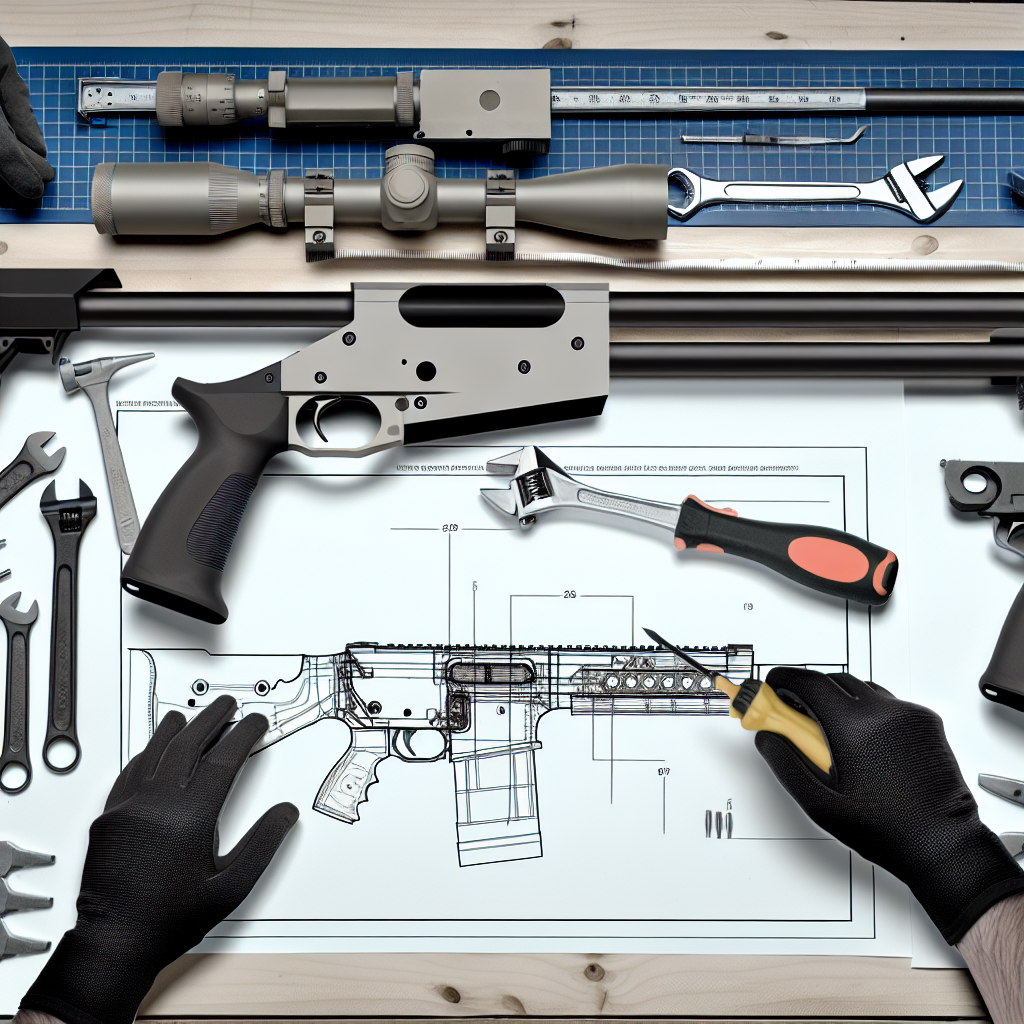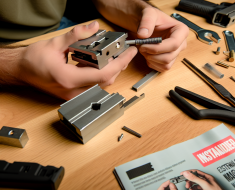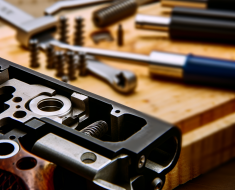Customizing Your Shotgun for Tactical Use

The shotgun has long been a staple in both civilian and professional firearms arsenals. Its versatility, stopping power, and ease of use make it an ideal choice for tactical situations, ranging from home defense to law enforcement and military operations. However, the standard shotgun often requires customization to truly excel in tactical roles. This article explores the various ways you can customize your shotgun for tactical use, highlighting key modifications, accessories, and practical considerations that will enhance its performance and reliability.
Understanding the Tactical Role of the Shotgun
Before diving into customization options, it is essential to understand what makes a shotgun effective in tactical scenarios. Tactical shotguns are typically used for close-quarters combat (CQC), breaching operations, and crowd control. Their primary advantages include:
- Stopping power: Shotguns deliver a devastating impact at close range.
- Versatility: Ability to fire various ammunition types, such as buckshot, slugs, and less-lethal rounds.
- Simplicity: Easy to operate under stress with fewer moving parts compared to rifles.
- Intimidation factor: The distinctive sound and appearance can deter threats without firing.
A well-customized shotgun enhances these traits by improving handling, accuracy, reload speed, and adaptability to different tactical environments.
Key Modifications for Tactical Shotguns
The foundation of a tactical shotgun lies in its core modifications that improve ergonomics and functionality. These changes often focus on barrel length, stock design, sights, and action type.
Shortening the Barrel
One of the most common modifications is shortening the barrel length to increase maneuverability in confined spaces. Standard hunting shotguns typically have barrels around 26 to 28 inches long. Tactical variants often feature barrels between 14 to 18 inches.
- Benefits: Easier movement through doorways and tight spaces; faster target acquisition.
- Considerations: Shorter barrels may reduce effective range slightly but remain highly effective within typical engagement distances (under 50 yards).
The FBI’s Hostage Rescue Team (HRT) commonly employs shotguns with 18-inch barrels for urban operations—balancing maneuverability with ballistic performance.
Upgrading the Stock
The stock plays a critical role in controlling recoil and maintaining accuracy during rapid fire. Tactical shotgun stocks differ significantly from traditional wooden hunting stocks:
- Pistol Grip Stocks: Enhance weapon control by providing a more ergonomic grip angle; facilitate one-handed operation if necessary.
- Adjustable Stocks: Allow shooters to modify length of pull for better fit regardless of body size or armor worn underneath.
- Synthetic Materials: Lighter and more durable than wood; resistant to weather conditions.
The Remington 870 MCS (Modular Combat Stock) is an example of a widely adopted upgrade that offers modularity combined with ergonomic benefits tailored for tactical use.
Sights and Optics: Enhancing Target Acquisition
A shotgun’s traditional bead sight is often inadequate in fast-paced tactical scenarios where rapid target acquisition is crucial. Upgrading sights can dramatically improve shooting effectiveness:
- Tritium or Fiber Optic Sights: Provide better visibility in low light conditions.
- Ghost Ring Sights: Enable quick aiming with improved accuracy at intermediate ranges.
- Red Dot Optics: Increasingly popular for shotguns; allow shooters to keep both eyes open while aiming quickly at targets.
The Mossberg 590A1 Tactical model frequently comes equipped with ghost ring sights, which law enforcement agencies prefer due to their reliability under stress. Additionally, many users mount micro red dot sights on Picatinny rails added via customization kits.
Ammunition Choices: Matching Loads to Mission Needs
The versatility of shotguns is amplified by the variety of ammunition available. Selecting appropriate loads based on mission parameters can make a significant difference in operational effectiveness:
- Buckshot Rounds: The standard load for most tactical applications; effective up to about 40 yards with multiple projectiles increasing hit probability.
- Slugs: Single large projectile offering greater accuracy and penetration; useful in open areas or when precision shots are needed.
- Less-Lethal Ammunition: Rubber pellets or bean bags designed for crowd control or non-lethal engagements; important for law enforcement scenarios requiring restraint.
A study published by the National Institute of Justice found that buckshot rounds are responsible for nearly 80% of successful incapacitations in law enforcement shotgun deployments—highlighting their effectiveness in close-range confrontations. However, operators must train extensively with different ammo types to understand their trajectories and terminal effects fully.
Tactical Accessories: Elevating Performance Under Pressure
A wide array of accessories exist that further tailor your shotgun for tactical use. These enhancements boost usability during high-stress encounters where seconds count:
Tactical Lights
A mounted flashlight is invaluable





